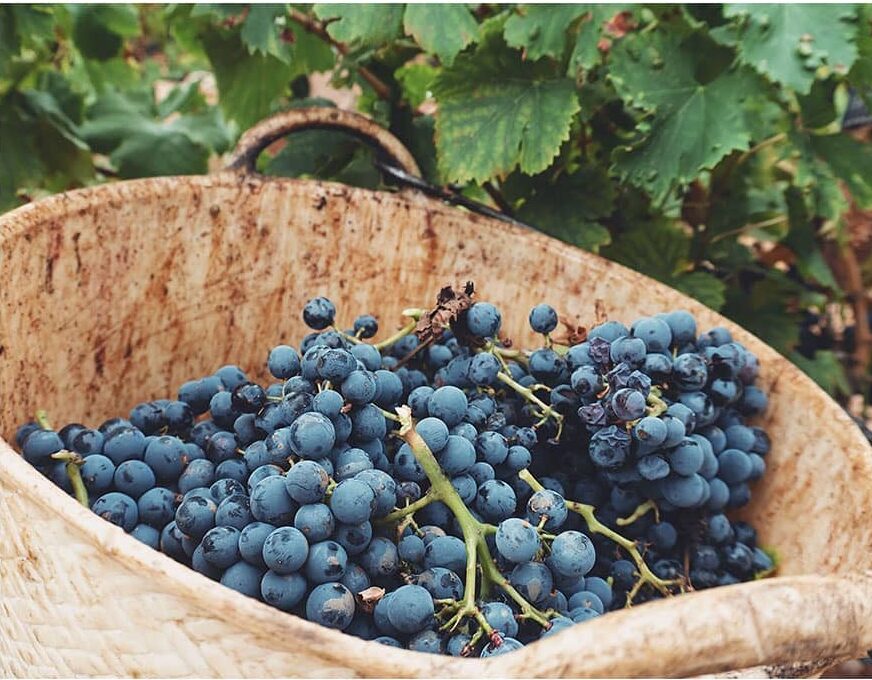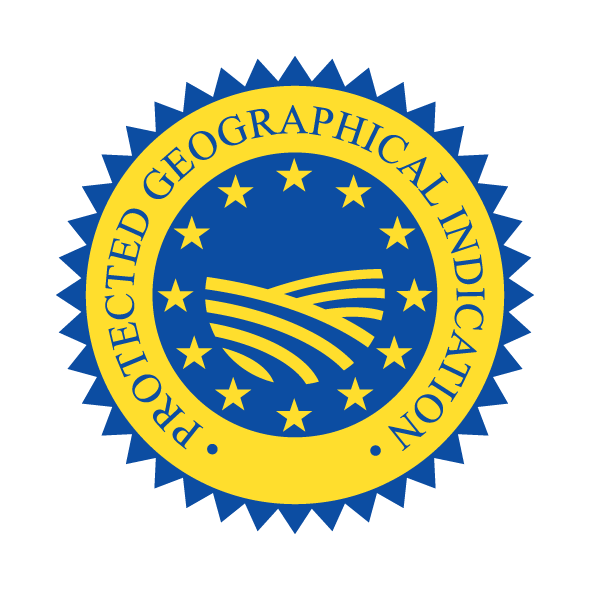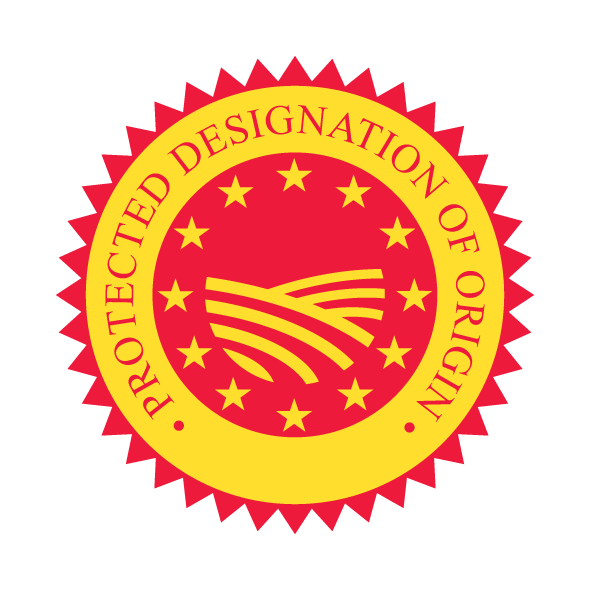The harvesting of European Garnacha/Grenache grapes is a key moment in the winemaking process. It’s done according to certain factors that influence the result, mainly those related to climate, soil composition and the topography of the terroirs where the grapes grow. In the areas where it is grown (northeastern Spain and southern France) the grapes are normally harvested in the summer, beginning in August, and ending almost in autumn, beginning of October for some fortified sweet wines or mid November for big altitude vineyards.

However, in recent years, the increase in temperatures has accelerated the development stages of the crop, which is why the grape harvest has been early by about 10 days compared to previous seasons.
As a rule, the date is established by controlling the percentage of sugar and the evolving of acids present in the fruit, thus choosing the best time to harvest the grapes depending on the type of wine to be made. The control of the lost of weight for the bunches, the sanitary stage and quality of the berries are also very important to decide the moment to harvest. Nowadays, thanks to a good knowhow, the starting of the crop is also mainly launched according the general taste of the fruit.
For example, in the Protected Designation of Origin (PDO) Calatayud, in the most southwestern area of the province of Zaragoza, the harvest begins at the end of September and can last until mid-November, since the altitude of the vineyards delays the ripening of the grapes. The vineyards descend the slopes of the sierras, with altitudes ranging from 550 to 1,040 meters. Under these climatic conditions, slow ripening of the berries is favored, which reach perfect phenolic ripeness. Although if the vines are planted at higher altitudes (1,500 meters), it is very likely that growers prefer to harvest the grapes earlier.
In the PDO Campo de Borja, the altitude of the vineyards varies between 350 and 700 meters above sea level. The soils are chalky and rich in nutrients and extend between the regions of Campo de Borja, Tarazona and Moncayo. In the 6,270 hectares (16 municipalities), the harvest generally begins in late September or early October.
Also, in the PDO Cariñena, grapes are harvested in early September. The vines here are deployed in the province of Zaragoza, whose center is the town of Cariñena, one of the oldest production areas in Spain. When the grapes are located at higher altitudes the grapes are picked earlier to balance the acidity and flavors of the berries in whites, rosés and sparkling wines.
In the PDO Somontano. Harvest can begin in mid-August with the harvest of the first bunches of white grapes and can conclude in October with the red Garnacha Tinta grapes in one of the highest altitude areas of Somontano.
In the PDO Terra Alta, a Spanish appellation of origin located in the west of the province of Tarragona, between the Ebro River and the border with Aragon, where the vineyards are between 350 and 550 meters above sea level and are located on terraces due to the orographic characteristics of the terrain. In general, the peculiarities of the terroir make them of medium and late ripening that allow the development of the specific viticulture of the production area.
In the Roussillon wine region of France, the most frequent harvesting period is mainly during the month of September, although each of the country’s wine-growing regions has different times.
For example, within this French area, we can highlight the PDO Banyuls and Banyuls Grand Cru, whose schist soils house the vines on terraces overlooking the Mediterranean Sea or inland valleys. Because of their conditions (narrow terraces on slopes and the influence of the sea), the grapes are harvested only by hand, usually in August-beginning of September. The bunches are transported to the cellars, which are usually located in the middle of the vineyards.
In the PDO Collioure or In the Protected Geographical Indication (PGI) Côte Vermeille, the vines also grow on a balcony of gray shale overlooking the Mediterranean. Ravines and hills alternate, and the vines are established on very narrow terraces. The combination of these unique soils, the intense sunlight, and the sea results in a very special microclimate for this appellation. Harvesting of these vines usually takes place between August and beginning of September as well.
In Mediterranean terroir, ancestral techniques are applied to separate the vines by means of stone walls, thus limiting soil erosion. Because of the high altitude and inclinaison of the slope, harvesting in these vineyards is heroic as it is a precise job that requires a lot of effort and time, thus vine-grape production costs but also guaranteeing excellent results.

In other hands, the majority of the Roussillon production, with PDO Côtes du Roussillon, PDO Rivesaltes and PGI Côtes Catalanes, which are from the Mediterranean sea to 250 meters high average slopes, on different terroirs, are harvested in September.
More in the north of this Roussillon wine region of France, PDO Maury, Côtes du Roussillon Villages & Communal PDO can be harvested until mid-October.
In general, in each one of the PDOs and PGIs where European Garnacha/Grenache Quality Wines is grown, to respect the quality of the fruit from the first cut to the cellar vinification, the harvests are : early in the day, late in the day or even at night.
Climbing harvest. It is carried out at different times depending on the degree of ripeness of the fruit.
Late harvest. When there is an interest in producing wines with a high alcohol content, late harvesting is used. In this case, harvesting is delayed, which increases the amount of sugar contained in the fruit.
Night harvesting. During the night hours, enzymatic activity is low and helps the grapes not to lose their aroma and avoiding oxidation. It is ideal for obtaining very fruity wines with good acidity.
Grape harvesting will also vary depending on the method used. The two types that exist are manual and mechanized harvesting.
Manual harvesting. This method is carried out by selecting and picking the bunches of grapes by hand. It is a costly and time-consuming technique. In addition, the workers must have a certain amount of training to do it correctly. There is also the selective method, in which grapes from the same vineyard are picked and selected according to their quality.
Mechanized harvesting. In this case, in a flat land or with low and regular slope inclinaison, harvesting is done with agricultural machinery. The vineyard must have a trellis, which is a structure formed with wires and posts that allow the vine to grow around it.










